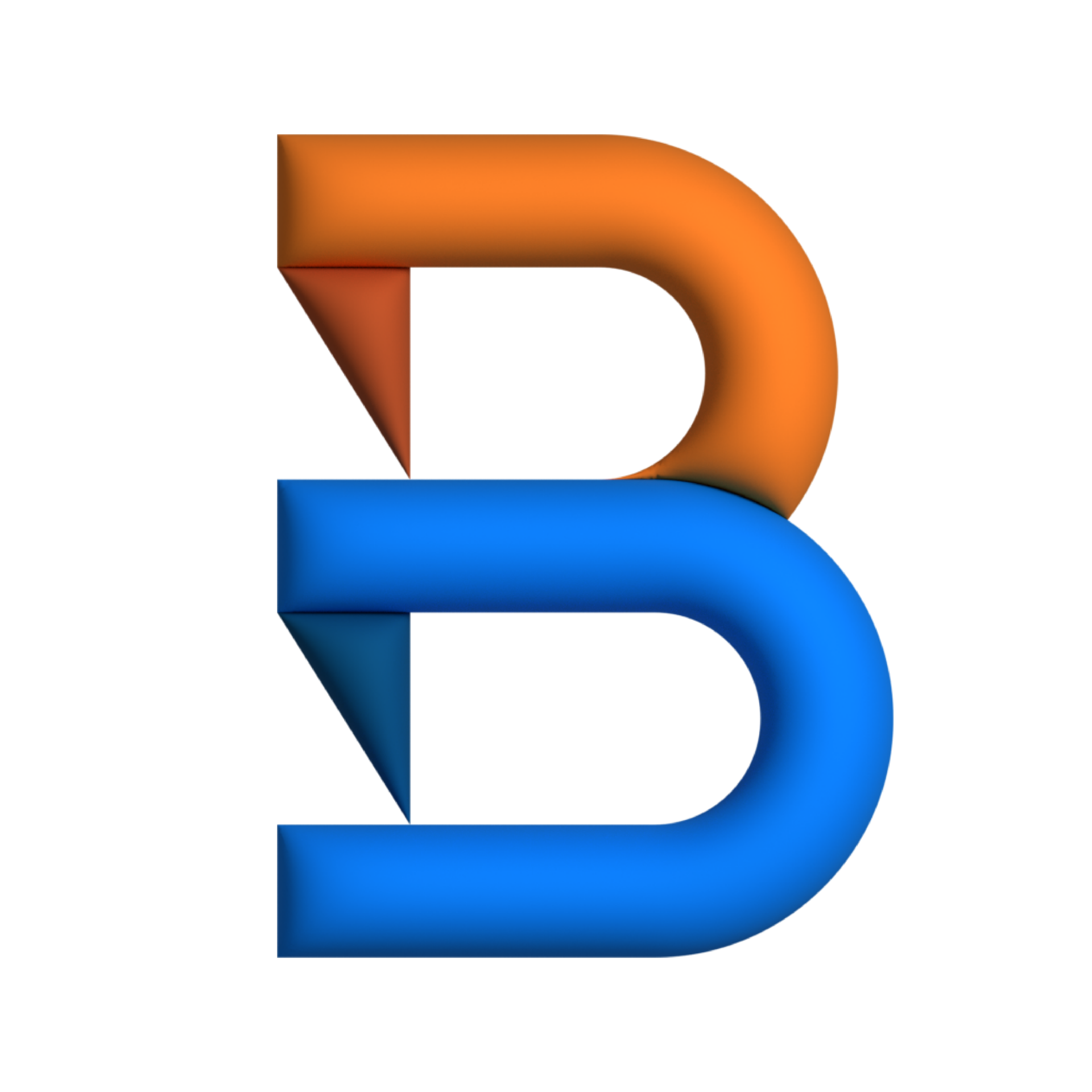Enterprise resource planning, or ERP for short, is a comprehensive software platform used to help a business run more efficiently and effectively, by automating core processes.
An ERP system can take orders from customers, manage financial records, update inventory after each sale, and anticipate labor needs based on the level of orders received. In addition to managing processes, ERP systems also gather, store, and analyze data from internal functions, such as marketing, manufacturing, accounting, facilities, and research and development.
What an ERP System Does
ERP systems integrate, or connect, many different modules that make up the system. At the center of the system is a giant shared database that all departments in the company can access and use. That database can provide information about:
- Customers
- Suppliers
- Products
- Orders
- Shipments
- Payments
The Biggest Advantage
While ERP systems are complex and multifaceted, their biggest advantage is that by connecting all aspects of a business in one business management system, it is very efficient.
Picture the process involved in selling a product. A customer buys a comforter from your bedding store. Your ERP system takes all of the customer’s information, as well as their credit card details. It automatically checks to be sure the comforter is in stock and virtually sets it aside to be shipped to the customer. The ERP system notifies shipping that an order has been placed and sends along the address to which it needs to be mailed, as well as a packing slip and a shipping label. As the order is being ready for shipment, another part of the ERP system is reducing the inventory by one, checking projected sales, and alerting production that more fabric needs to be ordered to make more of those popular comforters to keep up with demand.
By having the system automate the process of information sharing, the customer’s name and address don’t need to be repeatedly entered at every step of the sale. Inventory doesn’t need to be checked and rechecked. And raw materials are ordered in just-in-time fashion to ensure that new comforters are being made at the same pace as the completed ones are being shipped out the door.
A Corporate Tool
While ERP systems are essential today for most major corporations, they are not typically seen in small and mid-sized businesses. It’s not that they couldn’t help automate critical processes, only that the cost is prohibitive for many smaller firms.












































